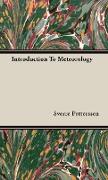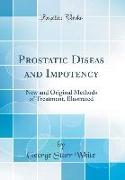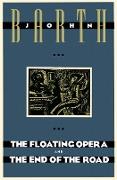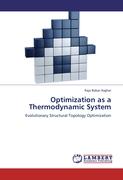Introduction to Meteorology
BücherAngebote / Angebote:
INTRODUCTION TO METEOROLOGY by SVERRE PETTERSSEN. Preface: The aim of this book is to present in an elementary manner the basic principles of modern meteorology. Intended for students without previous acquaintance with the subject, it is written in response to a demand for a nontechnical text to serve the many short and elementary courses in meteorology already in progress in the United States. It is written more for the purpose of creating interest and background than for furnishing a technical and detailed discussion of the various branches of meteorology. For this reason the use of calculus in the presentation of mete orological theories has been avoided. Actually, this book is an expansion of a chapter on meteorology written for the British Empire edition and the American edition of Weemss Air Navigation and an abbreviation of the authors recent book Weather Analysis and Forecasting. 1 However, this book is not addressed specifically to pilots or weather forecasters, although its leaning is decidedly toward synoptic and aeronautical meteorology. On account of its elementary character, the text does not con tain references to meteorological journals and papers. Instead, a list of advanced textbooks is included to assist the reader in finding more advanced literature on meteorology. The authors warm thanks go to Miss Margaret Whitcomb for her valuable assistance in revising the text, preparing the dia grams and tables, proofreading, and indexing. SVERRE PETTERSSEN. Contents include: PREFACE v INTRODUCTION 1 CHAPTER I. THE ATMOSPHERE 3 Composition Impurities Structure Stratification. II. OBSERVATIONS AND INSTRUMENTS 10 The Mercurial Barometer Pressure Pressure Units Varia tion in Pressure with Elevation The Aneroid Barometer-The Barograph The Altimeter Temperature The Thermo graph-Humidity Humidity Instruments Meteorographs, Wind Direction and - Velocity-Pilot Balloon Observations Classification of Clouds Fog and Mist Haze Precipitation Clouds and Precipitation Cloudiness Ceiling Visibility Use of Meteorological Observations. III. EVAPORATION, CONDENSATION, AND PRECIPITATION 43 Evaporation Nuclei of Condensation the Condensation Process The Precipitation Process. IV. ADIABATIC TEMPERATURE CHANCES 49 The Gas Law The First Law of Thermodynamics Adiabatic Processes Ascent and Descent of Nonsaturated Air Ascent and Descent of Saturated Air The Adiabatic Chart Poten tial Temperature Evaluation of the Condensation Level. V. STABILITY AND INSTABILITY 61 Definitions Nonsaturated Air-Saturated Air Conditional Instability Convective Instability. VI. TEMPERATURE VARIATIONS AND THEIR RELATION TO THE WEATHER PHENOMENA 68 Sources of Heat Radiation Transfer of Heat Vertical Mix ing - Horizontal Mixing Heating and Cooling of Air over Land Heating and Cooling of Air over Oceans Heating and Cooling of Traveling Air Masses Convection Convective Clouds Thunderstorms Inversions Formation of Fog Diurnal Variation of Fog Fog over Snow-covered ground Classification of Fog Distribution of Fog Ice Accretion.
Folgt in ca. 15 Arbeitstagen




